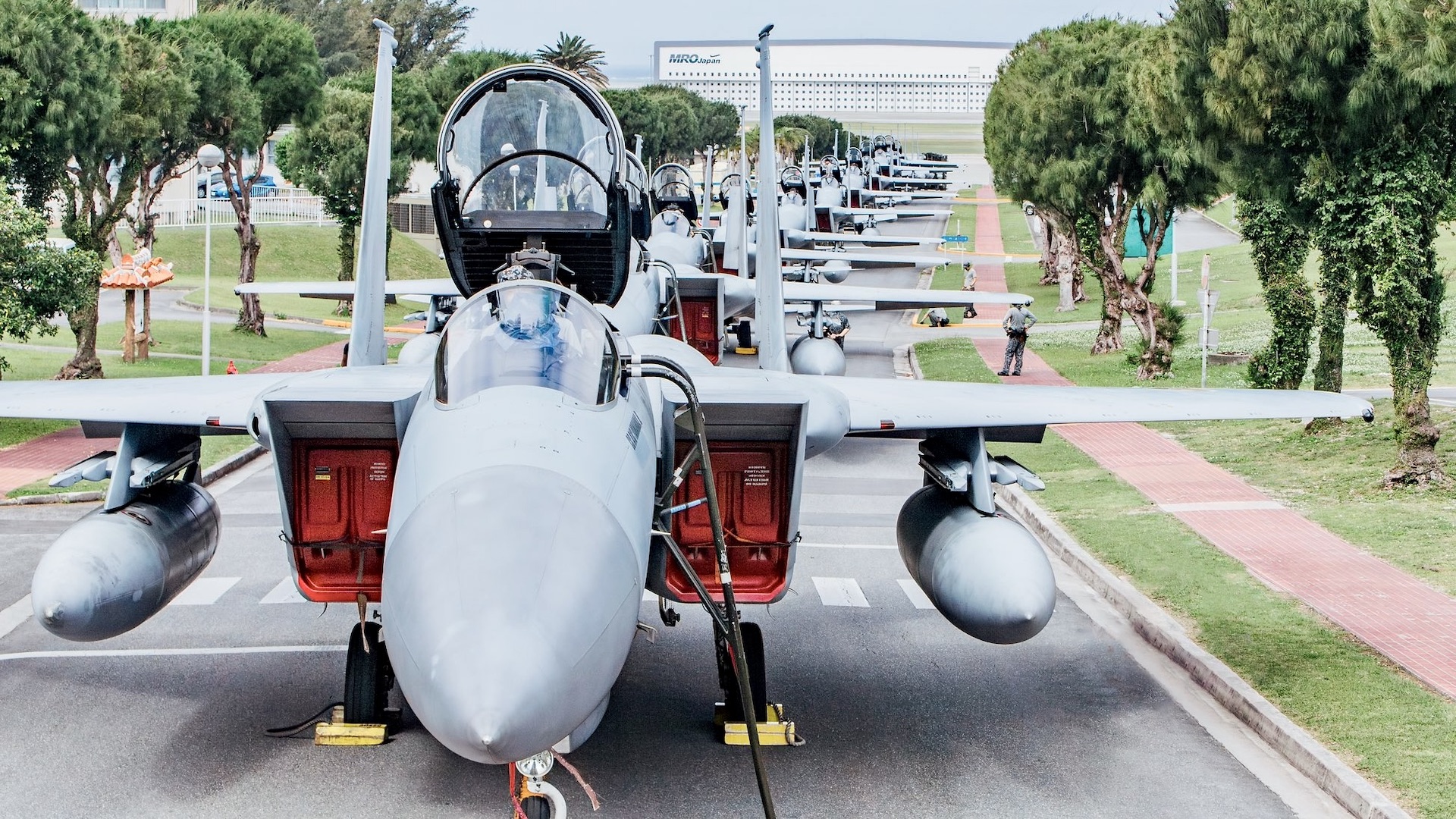Ensuring that critical equipment is protected from extreme weather cycles is a top priority for military bases the world over — case in point being the decision of Japan’s Naha Air Base to temporarily move a number of its F-15J fighters to higher ground in light of a recent tsunami warning.
Imagery was recently released by the base showing some of its F-15Js chocked up along a civilian road. The Japanese Air Self-Defense Force’s (JASDF) Naha Air Base — which is located on the East China Sea coast of the southern part of Okinawa Island, the largest island within Japan’s Okinawa Prefecture — has roughly 40 F-15Js. The airfield, which includes an off-shore ‘reef’ runway, also serves as a commercial airport.
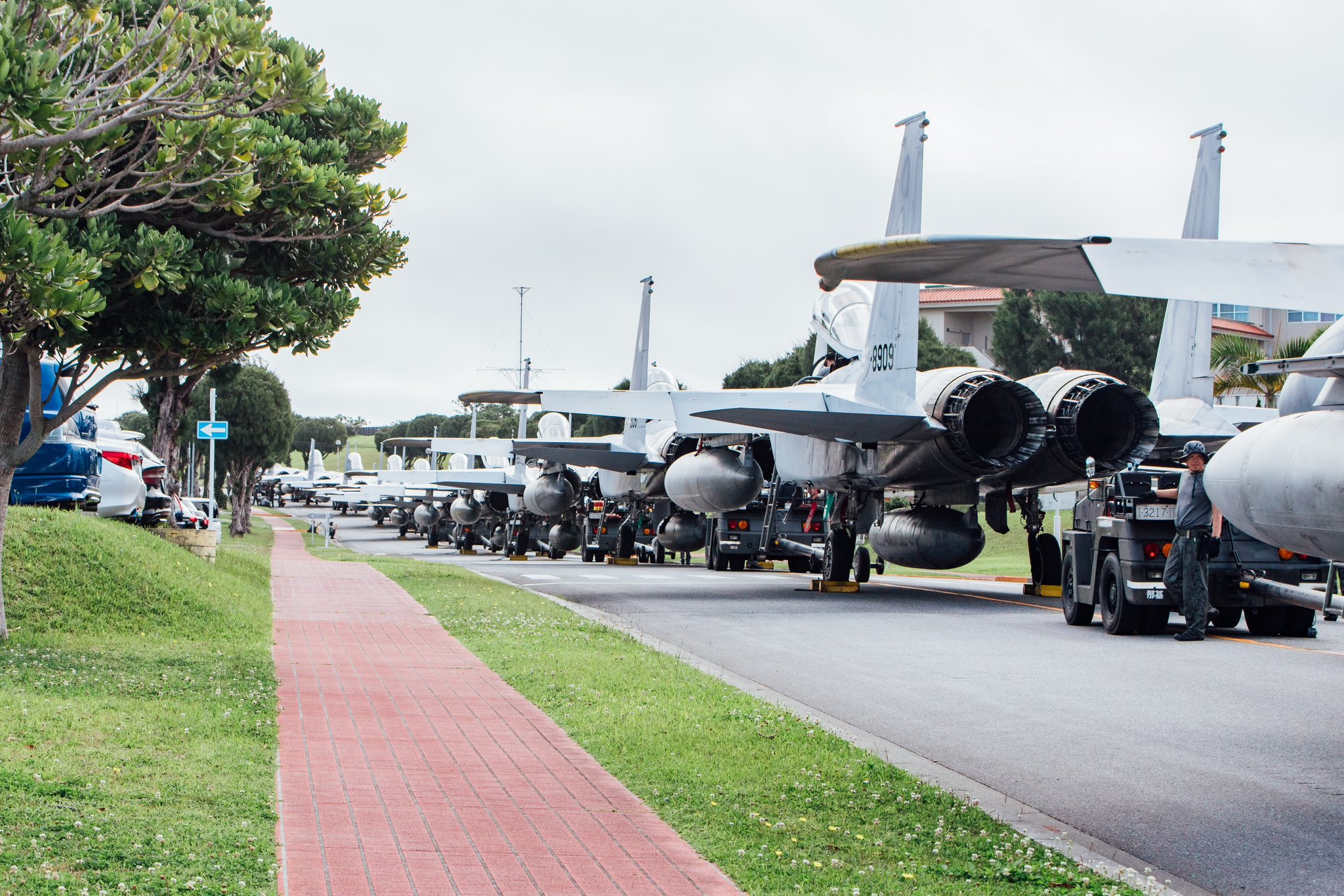
The aircraft are part of Naha’s 9th Air Wing, which has two squadrons; the 204th and 304th Tactical Fighter Squadrons. From shortly after World War II until the 1970s, Naha was a major U.S. Air Force base under the operational control of Pacific Air Forces (PACAF).
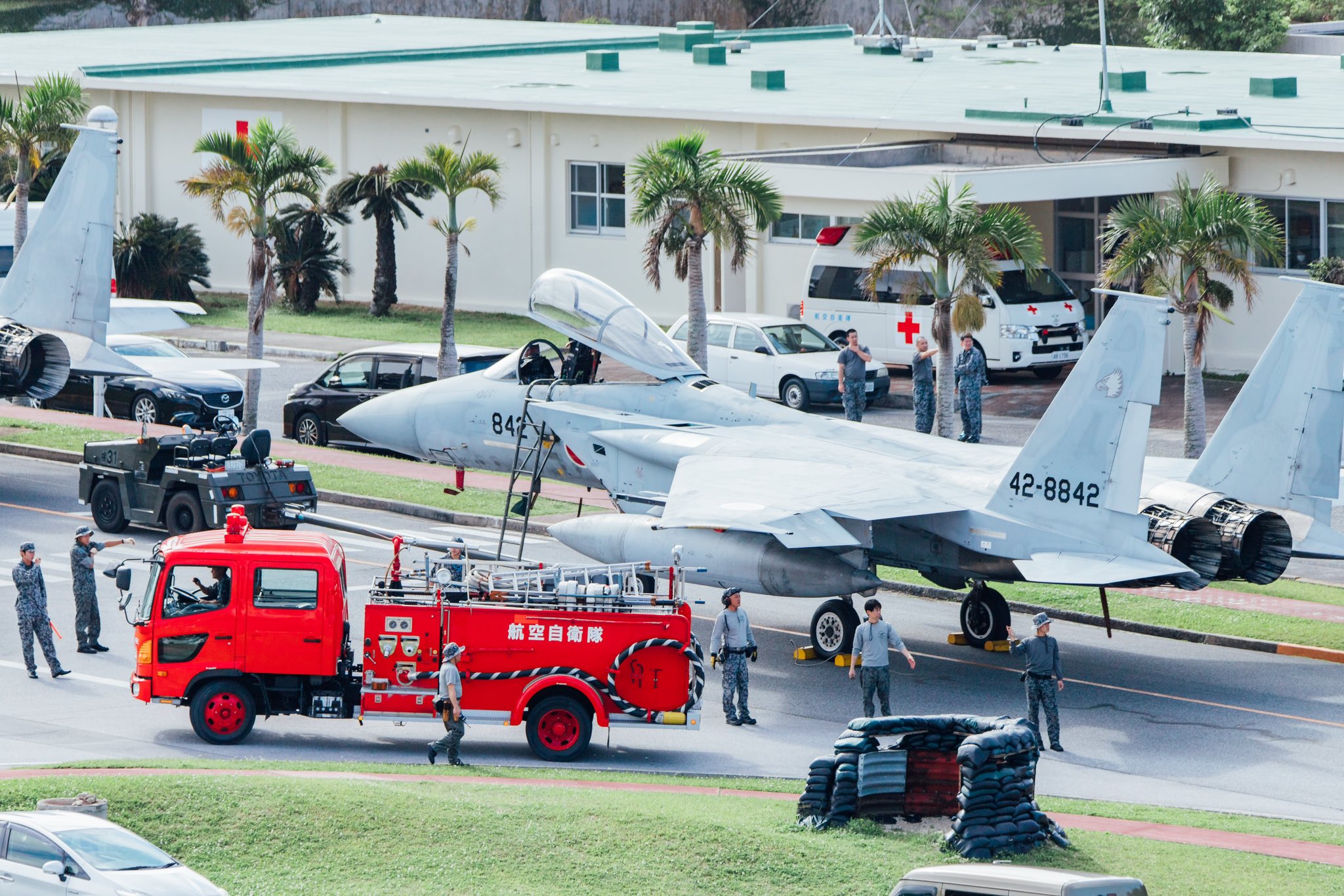
“Following the tsunami warning on April 3rd, Naha Air Base scrambled to assess the damage situation in the Sakishima area, and at the same time evacuated F-15 fighter jets and vehicles to higher ground to protect equipment,” a machine translation of the image caption posted by the base on X reads. “We are constantly maintaining this equipment and defending the southwest region to respond to any unforeseen circumstances.”
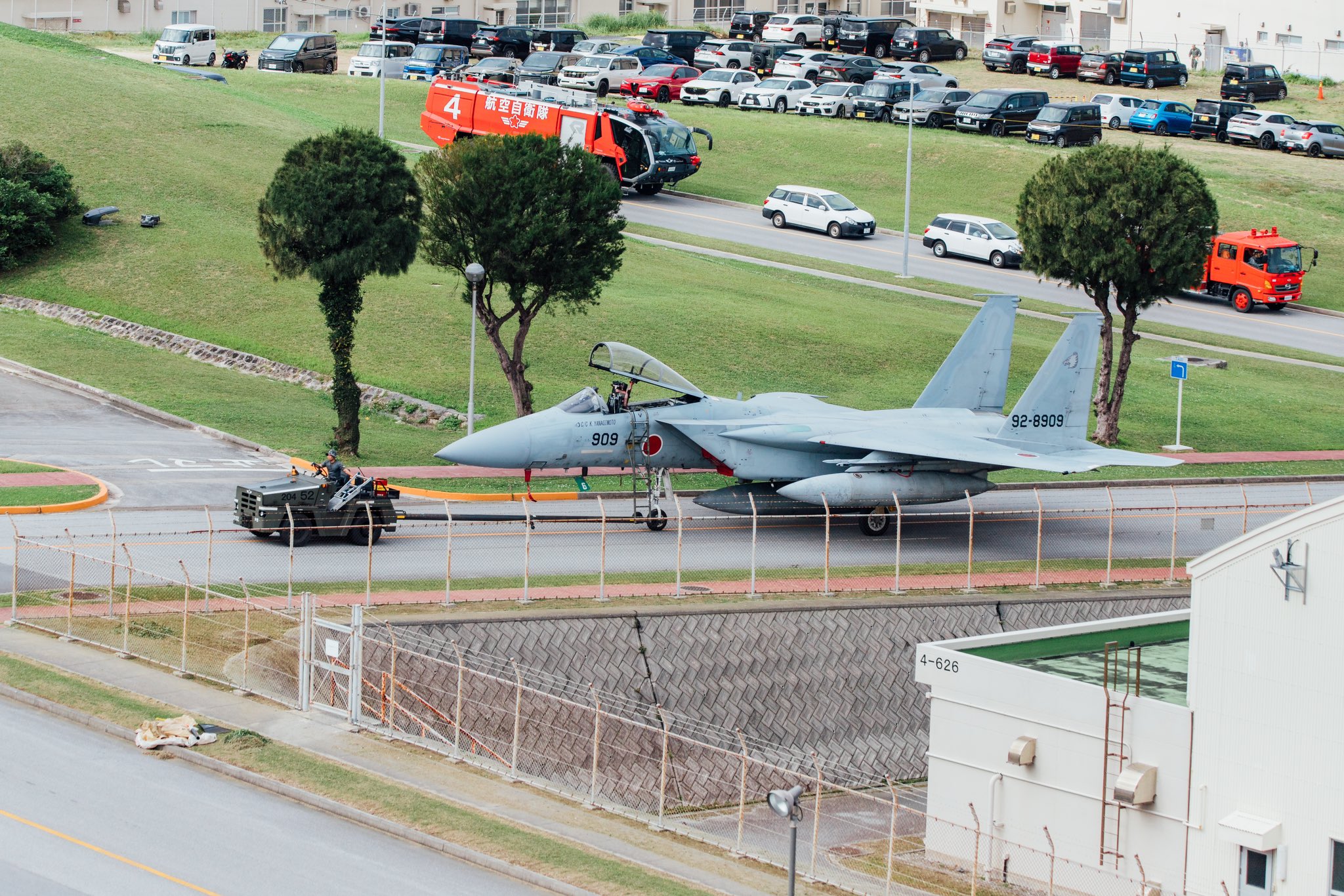
Based on the clear visibility of the MRO Japan — which provides aircraft maintenance services — hangar in the background of the article’s feature image, and that building’s location near the water’s edge, the F-15Js appear to have been towed from the eastern apron, up a road toward the highway.
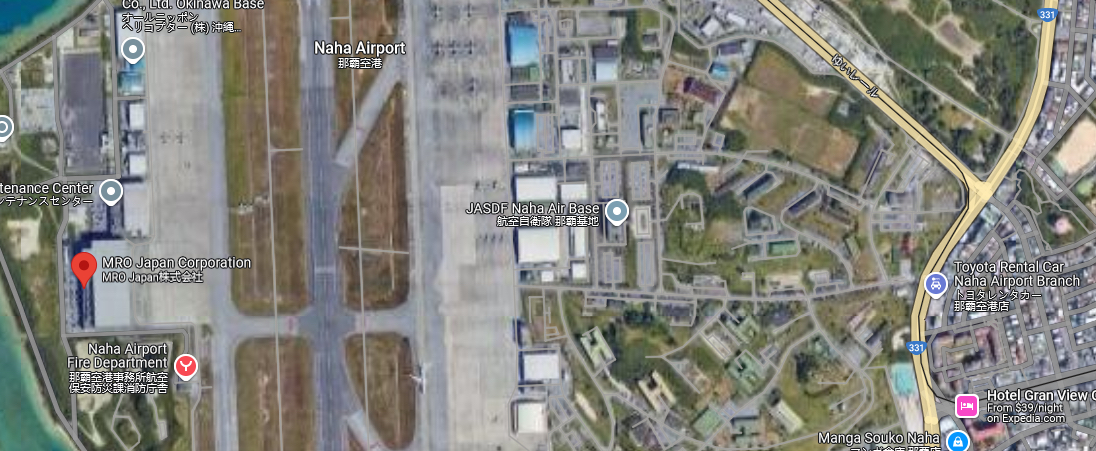
Japan’s recent tsunami warning, which called for the evacuation of the southern prefecture of Okinawa’s coastal areas, was issued as a result of the strongest earthquake in 25 years striking just off the county of Hualien on the eastern side of Taiwan early on Wednesday morning. The earthquake ranked as 7.4 on the Richter scale, classing it as a ‘major’ quake. The power of the quake was such that it could be felt as far away as parts of mainland Japan and China.

While Naha’s F-15Js managed to escape the wider impact of the earthquake, other aircraft closer to its epicenter were less fortunate. As we reported earlier in the week, several Republic of China Air Force (ROCAF) F-16s based at Hualien Air Base were rendered “slightly damaged” as a result. What state those aircraft are in remains unclear.
It’s unclear what impact the evacuation had on Japan’s ability to respond to aerial threats. Alert F-15s are based at the airport and intercept many aircraft every year. It’s possible that those jets launched on patrol and/or relocated temporarily until the period of vulnerability had passed. The USAF also maintains a rotational contingent of fighters at nearby Kadena Air Base, located to the north of the island. If a tsunami had occurred from the quake off Taiwan, and headed northeast, it would have hit Naha Air Base directly.
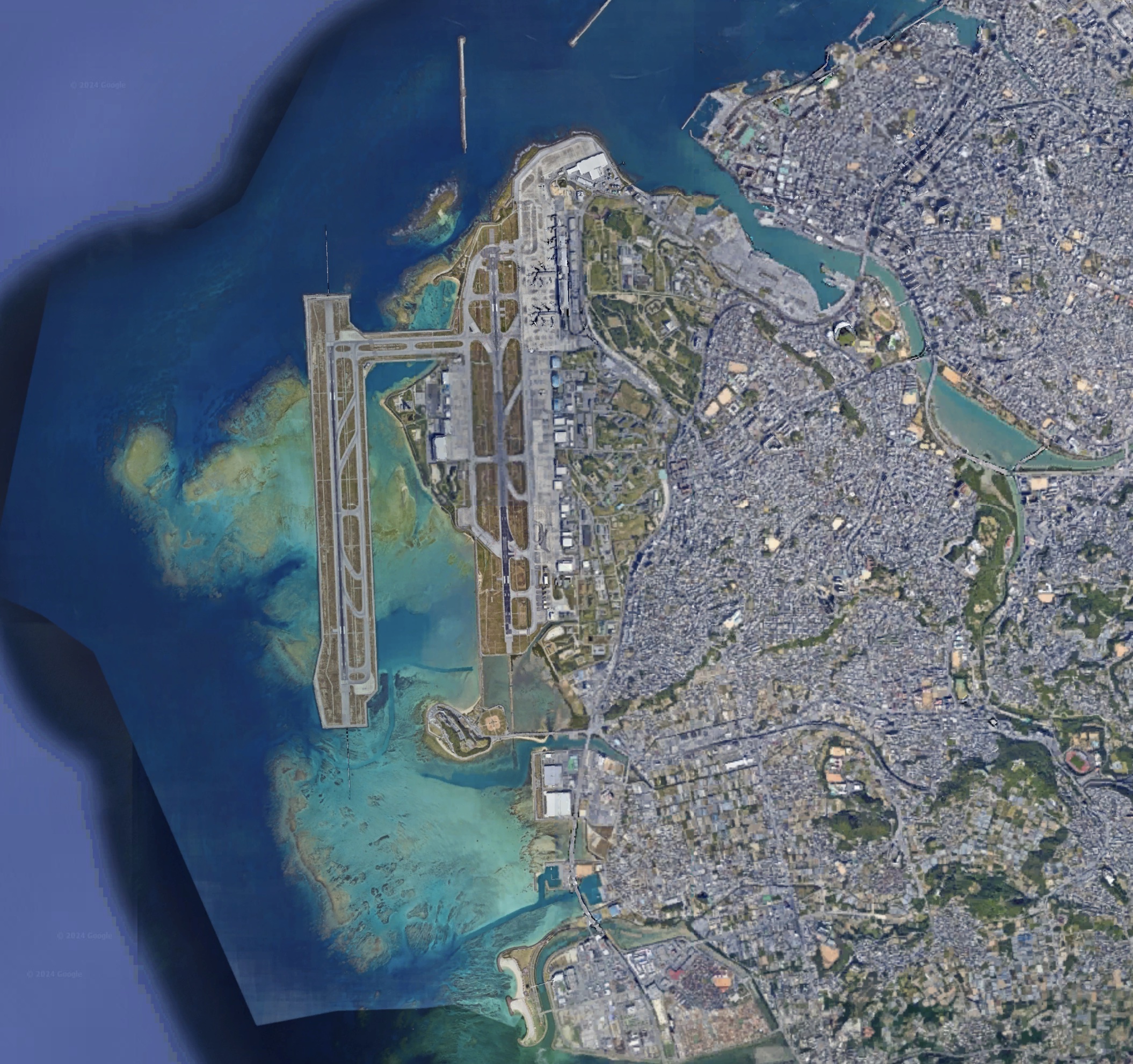
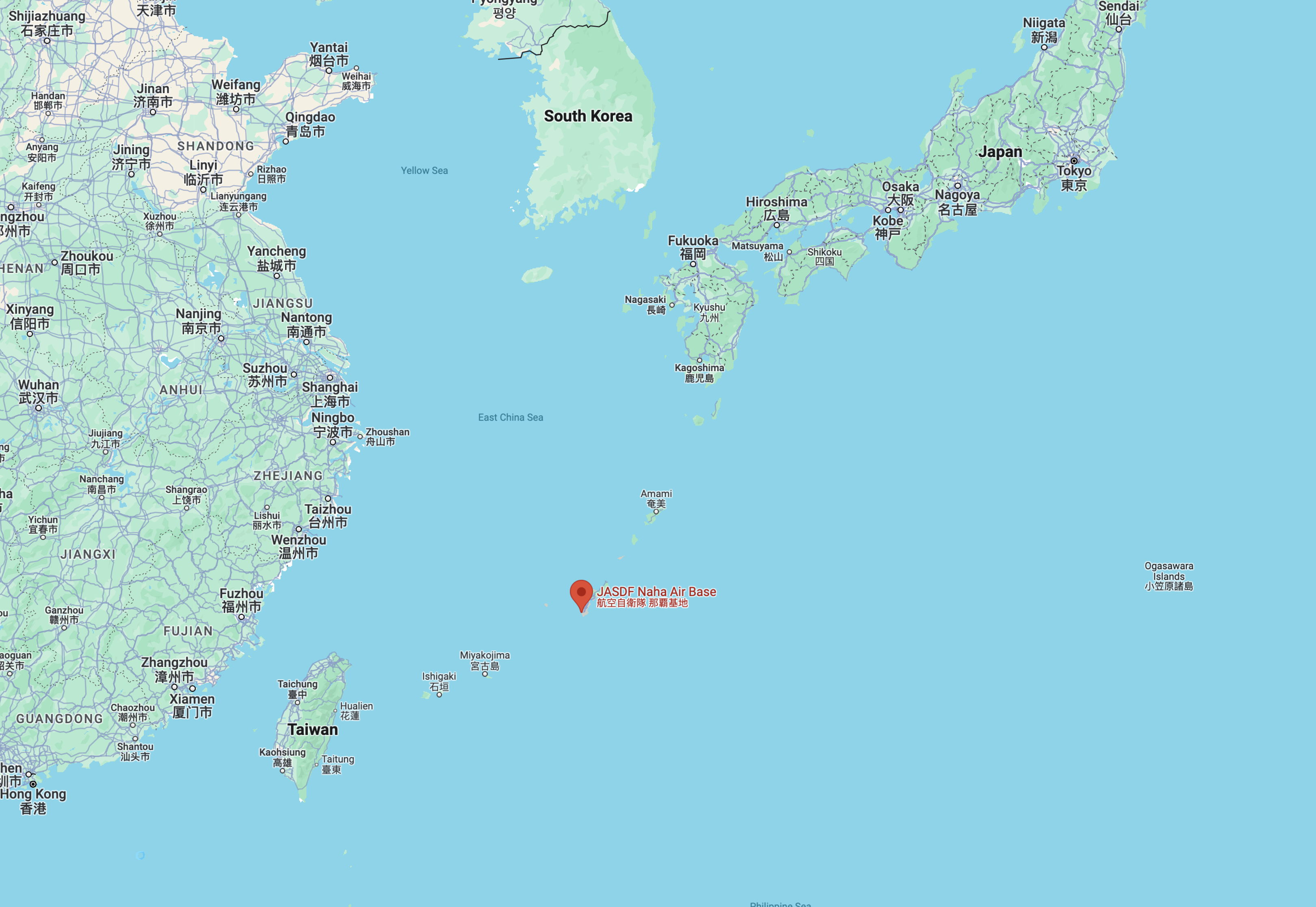
Due to the important role the F-15 aircraft play in guarding potential threats from the East China Sea, notably stemming from China, the decision was made to increase the number of F-15Js at Naha Air Base close to a decade ago. This move is cited in connection to Japan’s claims over the disputed Senkaku Islands in the East China Sea, which China also lays claim to.
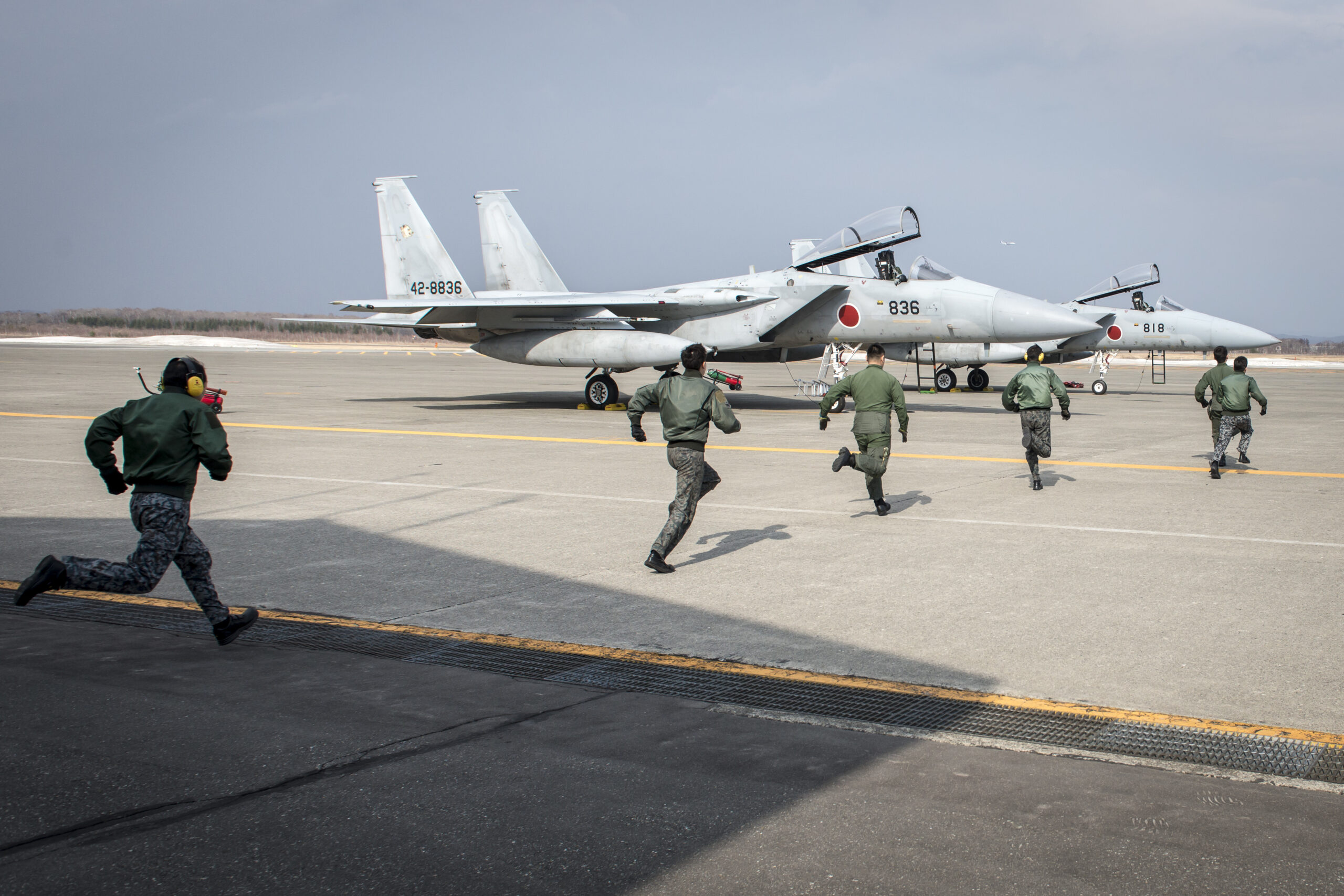
In this wider context, having Naha’s fleet of F-15Js out of action for a prolonged period of time would be significant, especially given the U.S. Air Force’s aforementioned changes on Okinawa Island in recent years. In late 2022, the Air Force confirmed that it was beginning to phase out its permanently based F-15C/D Eagles at Kadena Air Base, Okinawa — located just 12 miles from Naha Air Base — a process that has since wrapped up. There have been indications that a permanent Air Force fighter presence at Kadena could return in the form of the service’s new F-15EX fighters. In the meantime, rotational deployments of multiple types of fighters, including F-35s and F-22s, have been providing fighter capacity at Kadena in the interim.
Based on the images, the operation of moving these big jets up the hill away from the runway was probably fascinating to watch. Especially considering those caring for these national assets knew a wall of water could soon inundate the base. The Japanese people are known the world over for their incredible sense of order even while under great stress. These F-15s neatly lined up on a road outside one of Japan’s most critical military installations is additional proof of that.
Contact the author: oliver@thewarzone.com
